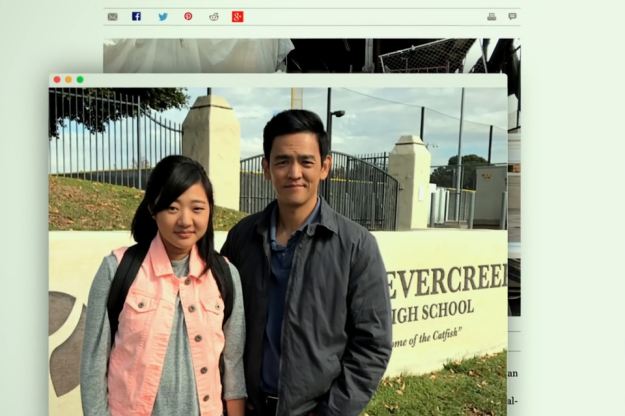“After what happened in Jurassic Park, is it good science to play God with the dead?” This is the question posed by the Planet in Focus page for Genesis 2.0. For a documentary to pose such a question feels surreal. Well, we’re living in a surreal world and, after watching this new documentary from directors Christian Frei and Maxim Arbugaevit, you may very well find yourself praying that we’ve learnt the lesson s of a 25 year-old science fiction movie.
Genesis 2.0 address some ethical dilemmas in the field of molecular engineering using the ambitious quest to bring back the woolly mammoth. It’s an idea that’s so crazy that I honestly don’t know how I feel about it. I find it both exciting and scary. If the geneticists at Harvard and an elite lab in China share my apprehension, they are doing an excellent job of hiding it. Even the less privileged Siberians who take the treacherous trip to the Siberian arctic every summer in search of mammoth tusks don’t seem too worried.
The film divides its time pretty equally between scientists and tusk hunters. The stuff in the arctic is gorgeously shot and Frei, who spent a summer up there, clearly bonded with the Siberian hunters. Their job is dangerous and offers no guarantees. Every year 1 or 2 people don’t make it back and many will not find enough “white gold” to make the trip worth the time and risk.
The scientists in the US, China, and South Korea (where they’re cloning dogs for grieving pet owners) that we follow live in a completely different world. They work with state of the art technology and don’t risk their lives the way the arctic hunters do. The filmmakers respect the geneticists just as they do the hunters, watching them work and letting them make their case for the importance of their work. Only one question on the ethics of molecular engineering is asked of them throughout the entire movie and it’s answered only with an awkward silence.
Genesis 2.0 mostly saves it’s editorializing for the final minutes of the film and when it comes it feels a little awkward and out of place. All in all though, it’s a fantastic documentary. It’s thought-provoking and beautiful to watch and has an interesting point of view that seems to tie the whole thing together. The future of genetic research is like the treacherous Siberian arctic. It’s not easy and is full of risk. But pushing forward into the unknown and taking great risks is just human nature. Will the future look olike the first act of Jurassic Park? Or will it look like the scary part after all the dinosaurs get loose? Only time will tell.









 nd white in the height of World War II. Essex (Nick Westrate) is the most dependable GI this side of the Atlantic. His mission: Leap 80 years into the future in search of the powerful isotope Formica which, according to Dr. Elcourt from the Laboratory of Science, will be strong enough by 2018 to win the war for the Allies.
nd white in the height of World War II. Essex (Nick Westrate) is the most dependable GI this side of the Atlantic. His mission: Leap 80 years into the future in search of the powerful isotope Formica which, according to Dr. Elcourt from the Laboratory of Science, will be strong enough by 2018 to win the war for the Allies.

